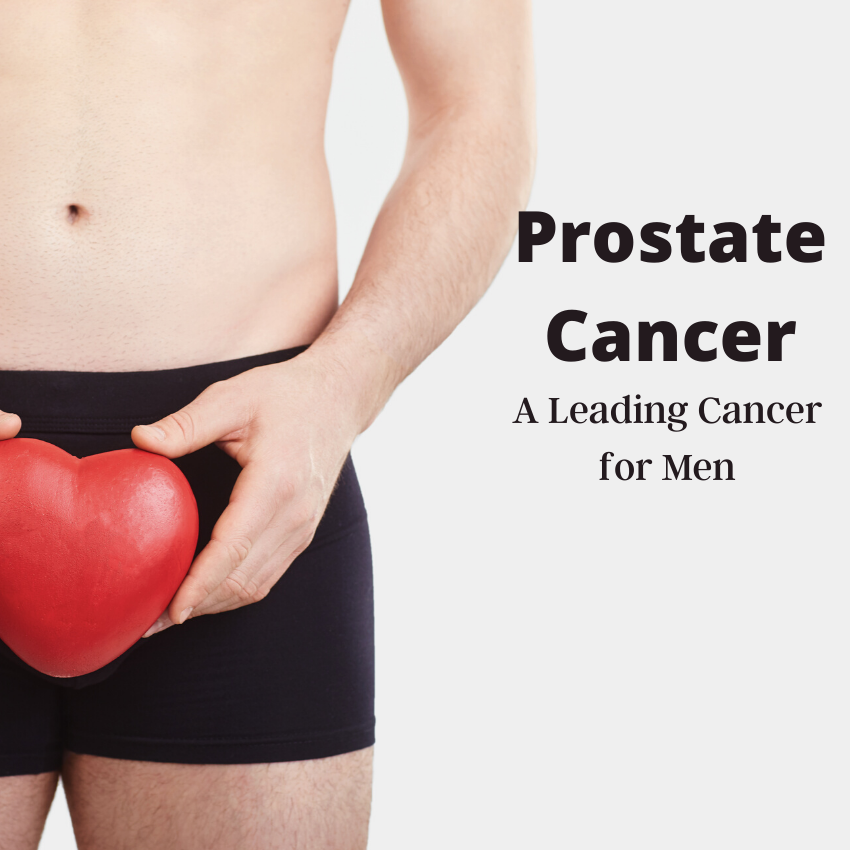Cancer.Net’s Guide to Prostate Cancer, www.cancer.net
This blog is extracted from the Cancer.net’s Guide to Prostate Cancer. The complete article can be found at (Http://www.cancer.net)

Introduction
About the prostate
The prostate is a walnut-sized gland located behind the base of a man’s penis, in front of the rectum, and below the bladder. It surrounds the urethra, the tube-like channel that carries urine and semen through the penis. The prostate’s main function is to make seminal fluid, the liquid in semen that protects, supports, and helps transport sperm.
As men get older, the prostate continues to enlarge over time. This can lead to a condition called benign prostatic hypertrophy (BPH), which is when the urethra becomes blocked. BPH is a common condition associated with growing older, and it can cause symptoms similar to those of prostate cancer. BPH has not been associated with a greater risk of having prostate cancer.

About prostate cancer
Cancer begins when healthy cells in the prostate change and grow out of control, forming a tumor. A tumor can be cancerous or benign. A cancerous tumor is malignant, meaning it can grow and spread to other parts of the body. A benign tumor means the tumor can grow but will not spread.
Prostate cancer is somewhat unusual when compared with other types of cancer. This is because many prostate tumors do not spread to other parts of the body. Some prostate cancers grow very slowly and may not cause symptoms or problems for years. Even when prostate cancer has spread to other parts of the body, it often can be managed, allowing men with advanced prostate cancer to live with good health and quality of life for several years. However, if cancer cannot be well controlled with existing treatments, it can cause pain, fatigue, and sometimes, death.
About prostate-specific antigen (PSA)
Prostate-specific antigen (PSA) is a protein produced by cells in the prostate gland. PSA is detected using a blood test. Higher-than-normal levels of PSA can be found in men with prostate cancer, as well as other non-cancerous prostate conditions. Those conditions include benign prostatic hyperplasia (BPH), which is an enlarged prostate, and prostatitis, which is inflammation or infection of the prostate. In addition, ejaculation and riding a bicycle can temporarily increase PSA values, so these activities should be avoided before people have PSA testing. See the Screening section for more information.
More than 95% of prostate cancers are a type called adenocarcinomas. A rare type of prostate cancer known as neuroendocrine cancer or small cell cancer tends to be more aggressive, spread outside the prostate earlier, and usually does not make too much PSA. Read more about neuroendocrine tumors.
Looking for More of an Introduction?
If you would like more of an introduction, explore these related items. Please note that these links will take you to other sections on Cancer.Net:
- ASCO Answers Fact Sheet: Read a 1-page fact sheet that offers an introduction to this type of cancer. This fact sheet is available as a PDF, so it is easy to print out.
- ASCO Answers Guide: Get this free 44-page booklet that helps you better understand the disease and treatment options. The booklet is available as a PDF, so it is easy to print out.
- Cancer.Net Patient Education Video: View a short video led by an ASCO expert in this type of cancer that provides basic information and areas of research.
- Cancer.Net En Español: Read about prostate cancer in Spanish or read a 1-page ASCO Answers Fact Sheet in Spanish. Infórmase sobre cáncer de próstata en español o una hoja informativa de una página, Respuestas sobre el cáncer.
